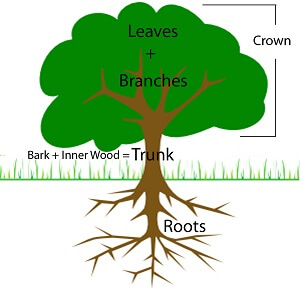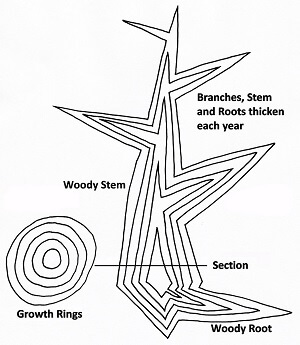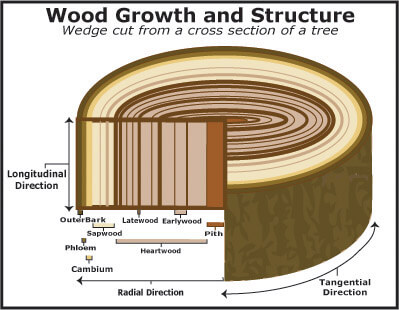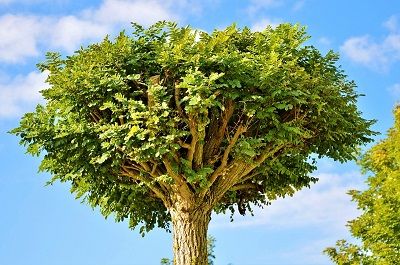 Plant Nature Study II
Plant Nature Study II
Plant Nature Study II
Plant Nature Study II





 Plant Nature Study II
Plant Nature Study II
Plant Nature Study II
Plant Nature Study II

Study the lesson for one week.
Over the week:
HEARTWOOD VS SAPWOOD
Point out the heartwood, the sapwood, the pith, and the bark in the image

Activity 1: Narrate the Lesson
Activity 2: Study the Lesson Pictures
Activity 3: Take a Nature Walk
Activity 4: Complete a Field Book Entry

After your nature walk, complete page 29 in 'Science Field Book for Fourth Grade.'